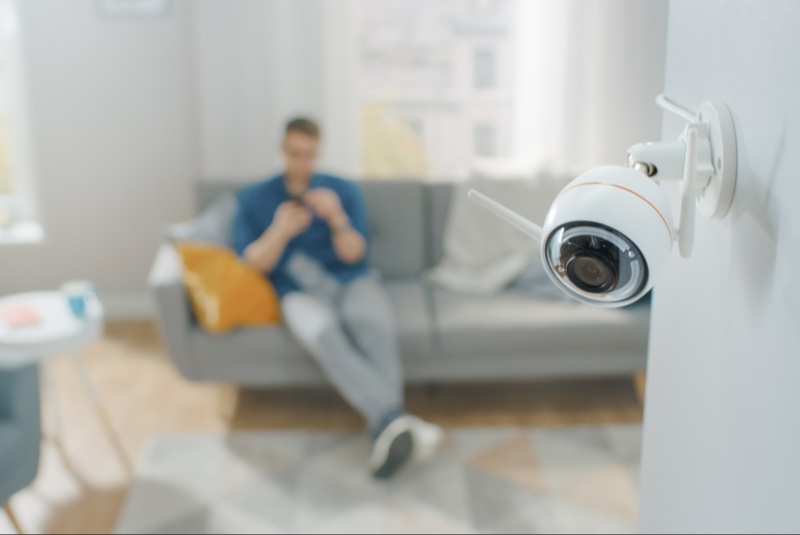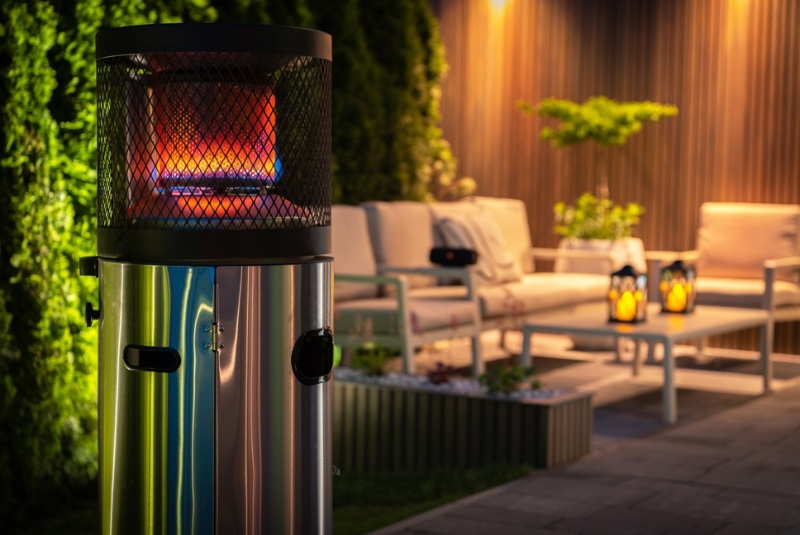In an era where technology pervades every aspect of our lives, home security has undergone a remarkable transformation. Gone are the days of relying solely on locks and alarms; today, homeowners have access to an array of smart choices to bolster their security. Among these, home security cameras stand out as a powerful tool to protect your property, loved ones, and peace of mind. However, with an overwhelming array of options on the market, choosing the right security camera can be daunting. This article will serve as your guide to navigating the world of home security cameras, helping you make informed and smart choices to safeguard your home.
Understanding the Importance of Home Security Cameras
Before we delve into the intricacies of selecting the right security camera, it's crucial to understand why investing in one is a smart choice. Home security cameras offer several compelling benefits:
- Deterrence: The mere presence of visible security cameras can act as a strong deterrent to potential burglars or trespassers. Knowing that their actions are being recorded can discourage criminals from targeting your property.
- Evidence Collection: In the unfortunate event of a break-in or vandalism, security cameras can provide valuable evidence to law enforcement and insurance companies. This evidence can increase the chances of apprehending the culprits and recovering stolen property.
- Remote Monitoring: Modern security cameras enable remote access via smartphones or computers, allowing homeowners to monitor their property in real-time from anywhere in the world. This feature is especially beneficial for travelers or individuals with busy lifestyles.
- Peace of Mind: Knowing that your home is under surveillance can provide a sense of security and peace of mind, allowing you to rest easy, whether you're at home or away.
Now that we've established the significance of home security cameras, let's explore the various factors to consider when choosing the right one for your needs.
Types of Home Security Cameras
Before you begin your search for the perfect home security camera, it's essential to understand the different types available. Each type has its own set of features, advantages, and limitations. Here are some of the most common types:
- Indoor Cameras: Designed for use inside your home, these cameras are ideal for monitoring specific rooms or areas. They come in various forms, such as hidden cameras, dome cameras, and pan-and-tilt cameras.
- Outdoor Cameras: Built to withstand the elements, outdoor cameras are specifically designed to monitor the exterior of your home. They are weatherproof and often equipped with features like night vision to ensure clear footage even in low light conditions.
- Wired Cameras: Wired cameras require a physical connection to a power source and a network, typically through Ethernet cables. They offer a reliable and stable connection but may require professional installation.
- Wireless Cameras: Wireless cameras operate over Wi-Fi or cellular networks, providing flexibility in placement and ease of installation. They are a popular choice for DIY enthusiasts.
- Battery-Powered Cameras: These cameras are wireless and run on rechargeable batteries, making them highly portable and easy to install in remote locations. However, they require regular battery maintenance.
- PoE Cameras: Power over Ethernet (PoE) cameras receive both power and data through a single Ethernet cable, simplifying installation and ensuring a stable connection.
- Smart Cameras: Smart cameras are equipped with advanced features like motion detection, facial recognition, and integration with smart home systems. They can send alerts to your smartphone and even interact with other smart devices in your home.
Factors to Consider When Choosing a Home Security Camera
Now that you have a basic understanding of the types of home security cameras available, let's delve into the key factors to consider when making your selection:
- Purpose and Location: Start by identifying the specific areas you want to monitor. Do you need indoor cameras, outdoor cameras, or a combination of both? Understanding your purpose will help narrow down your choices.
- Resolution and Image Quality: Opt for cameras with high-resolution capabilities (1080p or higher) to ensure clear and detailed footage. Image quality is crucial for identifying faces and objects in recorded video.
- Night Vision: If you want 24/7 surveillance, choose cameras equipped with infrared (IR) or low-light capabilities for clear footage in the dark.
- Field of View: Consider the camera's field of view (FOV). A wider FOV can cover more area, reducing the number of cameras needed.
- Wired vs. Wireless: Decide whether you prefer wired or wireless cameras based on your installation preferences. Wireless cameras offer flexibility, while wired cameras provide a stable connection.
- Power Source: Determine how the camera will be powered. Wired cameras require a constant power source, while battery-powered or PoE cameras offer alternative options.
- Storage Options: Decide where and how you want to store recorded footage. Some cameras offer onboard storage, while others rely on cloud storage or external devices.
- Remote Access: Ensure that the camera supports remote access through a mobile app or web portal, allowing you to check in on your property from anywhere.
- Motion Detection and Alerts: Look for cameras with motion detection technology that can send alerts to your smartphone when activity is detected.
- Smart Home Integration: If you have a smart home ecosystem, consider cameras that are compatible with your existing devices and platforms, such as Amazon Alexa or Google Assistant.
- Budget: Set a budget for your home security camera system. While it's tempting to opt for the most advanced features, choose a system that aligns with your financial constraints.

Popular Home Security Camera Brands
To help you get started in your search, here are some reputable home security camera brands known for their quality and reliability:
- Nest (by Google): Nest offers a range of indoor and outdoor cameras with excellent image quality, smart features, and integration with other Nest products.
- Arlo: Arlo specializes in wireless and battery-powered cameras, known for their versatility and ease of use.
- Ring (by Amazon): Ring offers a variety of outdoor cameras and video doorbells, known for their affordability and seamless integration with the Ring ecosystem.
- Blink (by Amazon): Blink provides affordable indoor and outdoor cameras with long battery life, making them an excellent choice for budget-conscious consumers.
- Wyze: Wyze is known for its affordable yet feature-rich cameras, making smart home security accessible to a wide range of users.
Installation and Setup
Once you've chosen the right home security camera for your needs, the next step is installation and setup. The process can vary depending on the camera type and brand, but here are some general steps to follow:
- Mounting: Securely mount the camera in the desired location, ensuring it has a clear view of the area you want to monitor. Follow the manufacturer's instructions for mounting options and hardware.
- Power Source: Connect the camera to its power source, whether it's a power outlet, PoE connection, or battery. Ensure that the camera is receiving power and functioning correctly.
- Network Connection: Set up the camera's network connection. If it's a wireless camera, connect it to your Wi-Fi network. Wired cameras may require an Ethernet connection to your router.
- Configuration: Install the camera's companion app on your smartphone or access the web portal on your computer. Follow the on-screen instructions to configure your camera, including setting up motion detection, alerts, and storage options.
- Testing: Test the camera to ensure it's capturing clear footage and functioning as expected. Make any necessary adjustments to the camera's angle or settings.
- Remote Access: Verify that you can access the camera remotely through the mobile app or web portal. This step is crucial for monitoring your property when you're away.
Maintenance and Best Practices
To maximize the effectiveness of your home security camera system, follow these maintenance and best practices:
- Regularly check and clean the camera lenses to ensure clear footage.
- Test motion detection and alerts to ensure they are functioning correctly.
- Keep your camera's firmware and mobile app up to date to receive security updates and new features.
- Secure your camera's login credentials with strong, unique passwords to prevent unauthorized access.
- Position cameras strategically to cover vulnerable areas while respecting privacy boundaries.
- Understand and comply with local privacy laws and regulations regarding the use of security cameras.
Investing in a home security camera system is a smart choice that can significantly enhance your home's security and provide peace of mind. By understanding the various types of cameras, considering key factors, and following best practices for installation and maintenance, you can make informed decisions and select the right camera system for your needs. With the right security cameras in place, you'll be better equipped to protect your castle and loved ones from potential threats.




